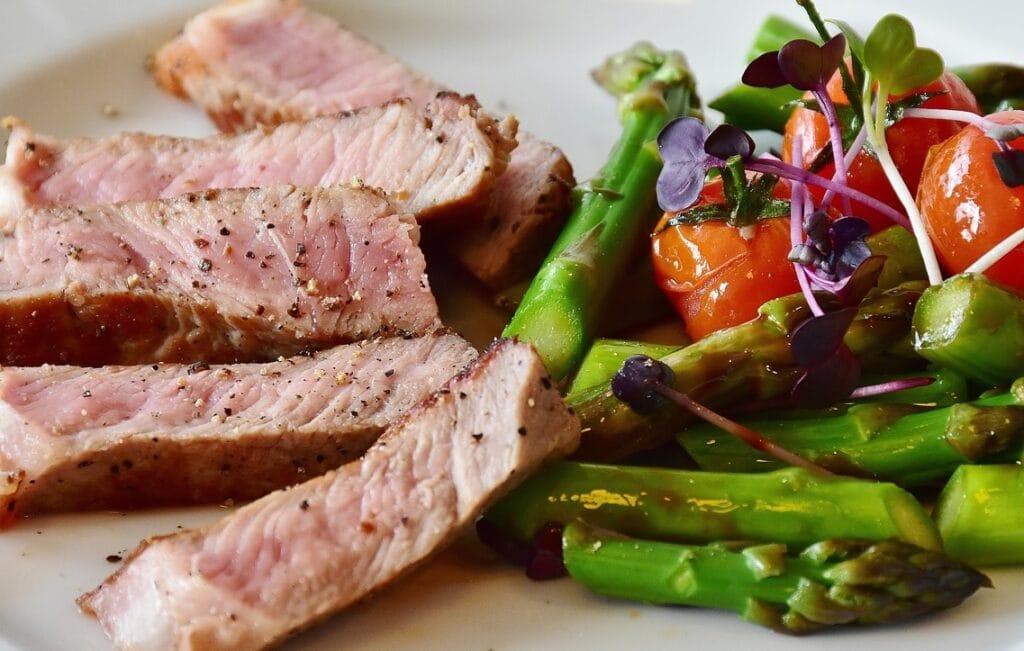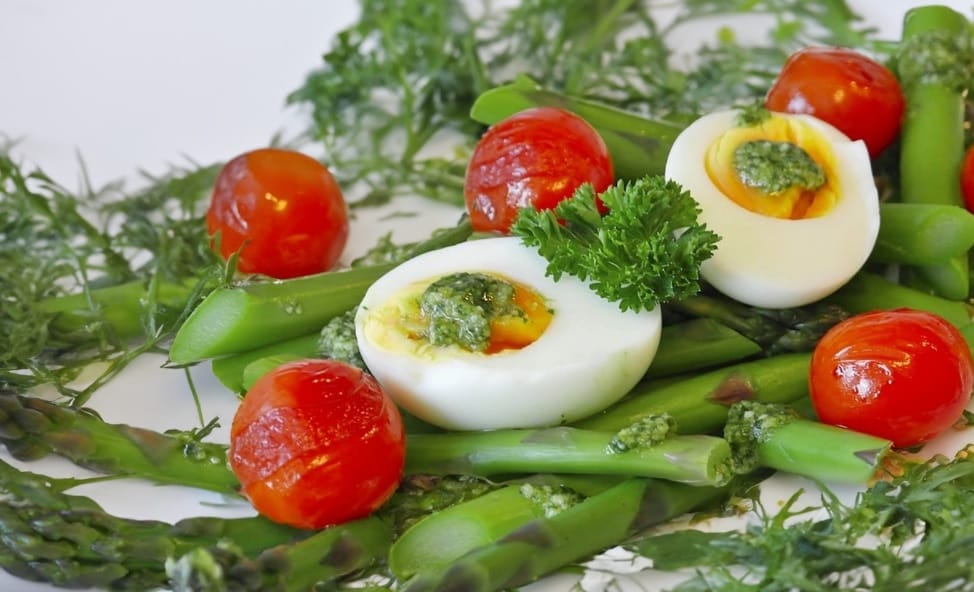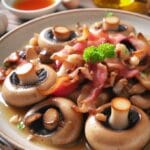Maintaining a healthy lifestyle can be difficult in the world full of delicious temptations and tempting treats. Low carb diet is becoming popular among those looking for a healthy approach to lose weight and improve their general wellbeing. However what precisely is a low carb diet and how can get used to it as easily as possible.
Understanding the Basics
you can encourage your body to use stored fat for energy and aid in weight loss and general well being by cutting back on carbs and increasing their intake of other foods like proteins, healthy fats, and non-starchy veggies. One of the main ideas underlying low carb diets success is this change in energy metabolism. Recall that the brilliance of this strategy lies in its simplicity: reducing your intake of particular meals can make you healthier and more energetic.
What to Eat and What to Avoid

Foods to Eat
Protein: Enjoy meat, fish, eggs, and dairy products like cheese and yogurt.
Healthy Fats: Avocado, nuts, seeds, and olive oil are excellent sources.
Non Starchy Vegetables: Load up on greens like spinach, broccoli, and cauliflower.
Berries: Strawberries, blueberries, and raspberries are low in carbs and high in antioxidants.
Foods to Limit or Avoid
Bread and Pasta: Say goodbye to traditional wheat-based products.
Sugary Treats: Cut down on candies, cakes, and sodas.
Starchy Vegetables: Potatoes and corn should be consumed in moderation.
Processed Foods: These often contain hidden sugars and carbs.
A simple low carb diet plan
Day 1 of low carb diet:
Breakfast: Scrambled eggs cooked in olive oil with spinach and feta cheese.
Lunch: Grilled chicken breast with a side of mixed greens, cherry tomatoes, and avocado. Dress with olive oil and lemon juice.
Dinner: Baked salmon with a squeeze of lemon, served with roasted broccoli and cauliflower.
Snacks: A handful of almonds or walnuts, or celery sticks with cream cheese.
Day 2 of low carb diet:
Breakfast: Greek yogurt with unsweetened almond butter and a sprinkle of chia seeds.
Lunch: Tuna salad made with canned tuna, mixed greens, olives, and a light vinaigrette dressing.
Dinner: Zucchini noodles (zoodles) sautéed in olive oil with garlic, topped with grilled shrimp.
Snacks: Cheese slices, cucumber slices with guacamole, or a small serving of berries.
Day 3 of low carb diet:
Breakfast: Omelet with mushrooms, onions, and cheese, cooked in butter.
Lunch: Turkey or chicken lettuce wraps with mayonnaise, mustard, and your favorite veggies.
Dinner: Grilled steak with a side of asparagus and a green salad with avocado.
Snacks: Hard-boiled eggs, pork rinds, or a smoothie made with unsweetened almond milk, spinach, and protein powder.
Day 4 of low carb diet:
Breakfast: Low-carb smoothie with unsweetened coconut milk, spinach, protein powder, and a tablespoon of nut butter.
Lunch: Egg salad made with boiled eggs, mayonnaise, mustard, and chopped celery, served in a lettuce wrap.
Dinner: Baked chicken thighs with rosemary and lemon, served with roasted Brussels sprouts.
Snacks: Cottage cheese, a handful of macadamia nuts, or raw bell pepper strips with hummus.
Benefits Beyond Weight Loss
Low carb diet offers more than just weight loss. It can help stabilize blood sugar, reduce cravings and improve energy levels. It also has been linked to lower risks of heart disease and type 2 diabetes.
Staying Hydrated and Being Mindful
Hydration is key. Drink plenty of water throughout the day to stay refreshed and support your body’s functions. Also, listen to your body. Pay attention to hunger and fullness cues, and eat when you’re hungry, stopping when you’re satisfied.


